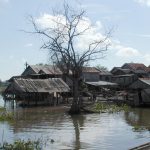Water policy and administration

In Cambodia, alternate periods of drought and heavy rains bring challenges for water management. The current trends show increasing annual rainfall and temperature throughout Cambodia, with a likelihood that both flooding and droughts will increase in frequency, severity and duration1. Water management involves issues of ...
Fisheries production
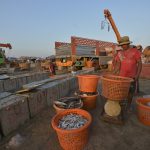
Local workers loading fresh catch to be transported to the city market at Chhnoc Trou pier, Kampong Chhnang province, Cambodia. Photo by Sylyvann Borei/World Fish, taken on 7 April 2014. Licensed under CC BY-NC-ND 2.0.Cambodia has abundant and productive fisheries. Fish is a traditional staple in the Cambodian ...
Forest classifications
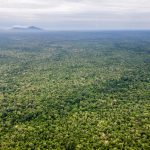
The classification of forests is set out in the Law on Forestry 2002. The law applies to both natural forests and plantations, and “defines the framework for management, harvesting, use, development and conservation of the forests in the Kingdom of Cambodia. The objective of this ...
Air pollution
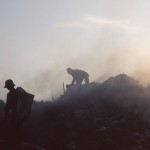
The smoke and stench blow into the air in Phnom Penh’s huge landfill. Photo by Alan Morgan, taken on 17 September 2011. Licensed under CC BY-NC-ND 2.0Air pollution originates mainly from the burning of fuels such as petroleum, diesel and coal in the transport, household, ...
Budget
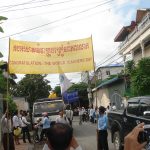
Cambodian Independent Teachers’ Association and Free Trade Union of Workers of the Kingdom of Cambodia celebrated the World Teacher Day from Cambodia. Photo by Education International, taken on 5 October 2009. Licensed under CC BY-NC 2.0Cambodia’s national budget determines state expenditures and revenues. It is ...
Community fisheries
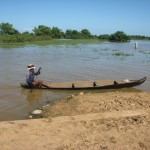
Community fishery refuges, Battambang, Cambodia. Photo by Alan Brooks/WorldFish, taken on 2 November 2011. Licensed under CC BY-NC-ND 2.0.Fishing practices in Cambodia are classified into three broad categories: small-scale or family fishing, medium-scale and large-scale or commercial fishing.In 2001, aware of the need to safeguard ...
Land sales and trades
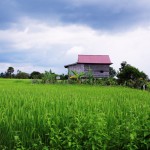
The legal framework surrounding land sales and transfers was obliterated by the 2007 Civil Code, leaving little legal guidance. Forced land sales and distress sales are a substantial cause of land tenure insecurity in Cambodia. They are a significant cause of landlessness, and it is ...
Parliament

Upon the reinstatement of the second monarchy in 1993, Cambodian citizens are the master of their destiny and sources of all power. With the introduction of the liberal democracy in the Kingdom, all Cambodians at their 18 years or over, except where it is prescribed ...
SDG 4 Quality education
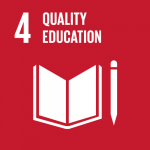
Sustainable Development Goal 4 – Ensure inclusive and equitable quality education and promote lifelong learning opportunities for all – focuses on education as a fundamental human right that is necessary for the achievement of all the SDGs.95 Education supports the achievement of gender equality by empowering women and is crucial to creating ...
Primary and secondary education
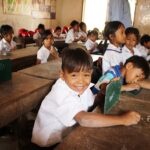
Article 68 of Cambodia’s Constitution states that the Government shall provide free primary and secondary education for all citizens and each individual shall pursue basic education for at least 9 years. Education is a fundamental engine of social and economic development for a country, especially ...
Bilateral development assistance
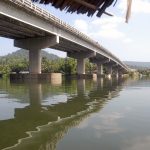
Phum Doung Bridge over the Tatai River. Photo by Robert Tyabji, taken on 9 December 2010. Licensed under CC BY-NC-ND 2.0Bilateral aid is assistance given by a government directly to the government of another country or to a local NGO. The Royal Government of Cambodia ...
Marine and coastal areas
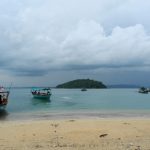
In terms of attractiveness, one of Cambodia’s assets is the relative absence of intense development along its coasts, in comparison with neighboring countries. The 440 kilometer-long coastline includes a large area of non-urbanized zones, where locals can make their livelihoods from coastal resources. Cambodia’s coastline ...
Renewable energy production
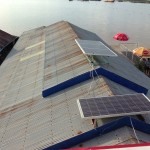
Renewable sources of energy include biofuels, solar, wind, tidal and geothermal energy. Fossil fuels such as petroleum or coal are not renewable. ...
Patient rights
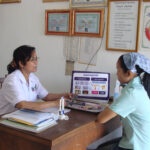
Access to quality healthcare is fundamental to enhancing citizens’ livelihoods and advancing towards more sustainable growth and development in countries all over the world. Along with increasing public demand for better health infrastructure and adequate access to healthcare services, many countries face the need to ...
Mining

The mining sector in Cambodia is mostly undeveloped, and active mining enterprises are typically small-scale quarries producing materials for construction, such as laterite, marble, granite, limestone, gravel and sand. There is no industrial-scale extraction of minerals, although many exploration licenses have been granted to ...
Fish farming and aquaculture
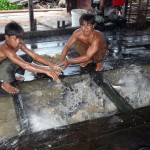
Fish farmers operating cage culture, Cambodia. Photo by O. Joffre/WorldFish, taken on 3 October 2009. Licensed under CC BY-NC-ND 2.0.Aquaculture production has grown significantly. In 2012 it stood at 74,000 tonnes, or almost 11 percent of total fishery production. By 2016 it had grown to ...
System of government
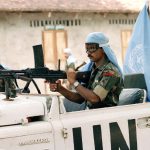
UNTAC soldiers from India patrolling the streets in Prey Veng province, Cambodia, on the second day of voting. Photo by United Nations Transitional Authority of Cambodia (UNTAC), taken on May 24 1993. Licensed under CC BY-NC-ND 2.0Cambodia inherited legal and political systems and a state ...
Extractive industries policy and administration
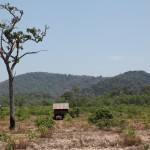
Cambodia’s extractive industries have traditionally operated on a small scale, mostly mining construction materials, gold or gemstones. While commercial production of minerals or oil has yet to begin on a large scale – these products made up just 0.1% of the country’s exports in 2016386 – ...


